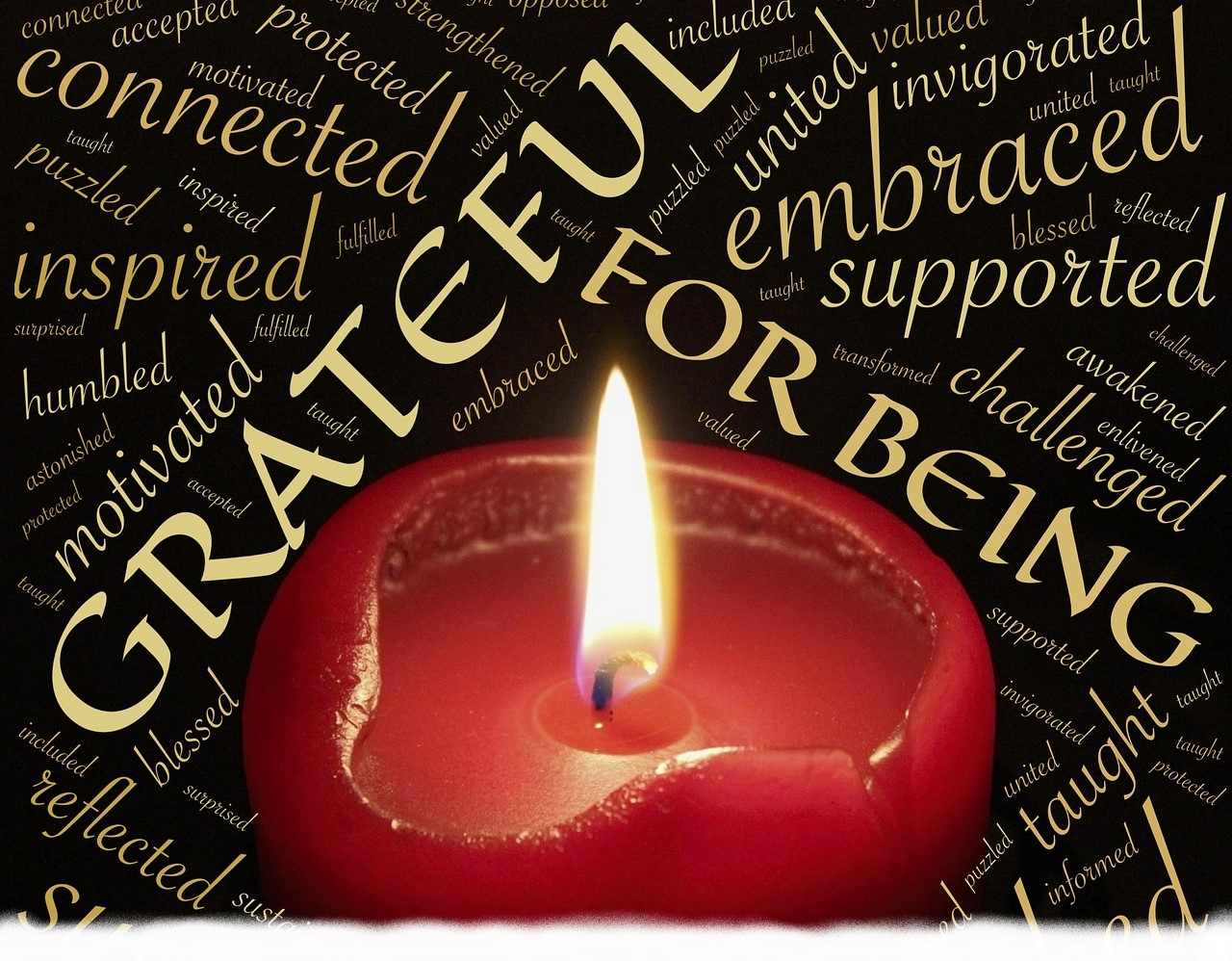Shame Body

31 October 2019 | Theme: Enoughness | 10-Minute Read | Listen
Trigger warning: this article contains descriptions of childhood boundary violations.
In order to arrive at “I Am Enough,” first I had to pass through the stories I have told myself throughout my life and get at the core of them. After decades of stuffing them, ignoring them, and numbing them, turning toward them seems counter-intuitive, but each one wants to be seen, felt, and heard in order to be healed. I am fortunate to have an amazing network of women who are the midwives for me in my process of rebirthing myself. They have been with me throughout my journey, supporting me and reminding me that I am capable of taking each step on my own—but they are there to catch me when I lose my footing.
For me, the most difficult area of discovering my enoughness is my body. According to Brené Brown, over 90% of the people in her research list body and appearance as a shame category—so I’m in good company. Knowing that makes the journey a little easier.
We don’t come into this life feeling that our bodies aren’t enough. Babies don’t lie in their cribs worrying about the size of their ankles or whether their hair is the right color. Quite the opposite! They look down one day and discover that those wiggly things at the ends are theirs, and they giggle and laugh as they learn about their fingers and toes. They marvel at their ability to use the wiggly things to grasp and manipulate objects, and they bring those objects to their mouths to explore them. For an infant, the world is a sensual place—she is attuned to everything around her. She recognizes the scent of her own mother, the pleasure of being touched, the comfort of a parent’s heartbeat, the taste of milk. Almost from birth, a baby can recognize the particular faces of its caregivers, and her entire body responds with uninhibited delight.
Along the way, though, we become separated from these authentic experiences, and our bodies become objects apart from our Selves. To see how this can happen, today I trace some of my experiences that contributed to my distancing myself from my body.
Some of my earliest memories involve seeing my own feet in little lacy socks with white Mary Janes or sandals, recognizing that the distance between my feet and my eyes was growing. I was closer to the ground than the big people around me, so I noticed their shoes as much as their faces. Perhaps that’s why, when I think of that day, the first thing I remember is the boys’ sneakers.
I was three years old, and my brother was about five. The bigger boys up the street wanted to know what girls looked like, so they told me to take my clothes off. I didn’t know why it made me feel threatened, but I felt frightened and intimidated, so I ran into their garage. There was a boat in the garage, suspended just above the floor, and I ducked under it to try to hide. The big boys and my brother scrambled after me, and my brother tried to stand up to them—to protect his little sister. The big boys threatened to beat him up if he told. He ran away.
Meanwhile, I was trying to make myself as small as possible under that boat. I remember their feet—grubby “blue tip” sneakers without socks, legs scratched from running and playing in the yard. They were too big to crawl into the space where I was, so they tried to coax me out. But I was fearful. What did they want from me? Why did it feel so icky? Now I was surrounded—boys’ feet circled the boat, pacing, stamping at me.
I have no memory of my rescue. With no regard for his own safety, my brother had run straight home and told what was happening. He didn’t care if the boys hurt him—he was going to protect his sister. So our mother came and got me, and we went home.
She talked with the parents of the boys, only wanting them to teach their children that what they had done was wrong. But one of the boys was taken into the yard by his father and beaten with a board—in front of the neighbors, so that all could witness that he was “teaching his son a lesson.”
I’m not sure when I learned of that beating, but at some point, the story of it became swirled around with my own experience. In my mind, the pain of his boy body mingled with the shame of my girl body, and it became a core belief: bodies bring pain and shame.
The thing about these stories is that they are so persistent and strong; if new information comes along that could negate the story, instead of shifting the belief, we often bend the new information to fit, or we mistrust it altogether. The original story becomes a filter lens through which we see ourselves and our world, and our confirmation bias causes each new piece to become part of the ever-growing story.
Several years later, when I was about eight years old, my mother sent me next door to borrow some sugar or butter or something. She loved our next door neighbor, who was a trusted advisor and friend to my mom; they borrowed ingredients from one another all the time. But on this day, the only person at home was my neighbor’s adult son. When I asked for the ingredient, he gave a neighborly “Of course!” and invited me inside.
After chatting with me for a few minutes, he excused himself to the back part of the house. When he reappeared, a navy blue bath robe had replaced the shirt and pants he had been wearing. I was uneasy, but I stuffed down my feelings. This was our neighbor, so it must be OK.
When he asked if I wanted to play a game of dominoes, I felt awkward and confused, but I agreed and sat where he gestured—on the floor next to the coffee table. He sat on the sofa across from me, opened his legs wide and allowed the robe to expose his genitals. I was practically at eye level, so I couldn’t not see. I tried to pretend that everything was normal, but I was frozen. Thoughts swirled through my head: Why is this happening? Why did I just look a second time? How can I get out of here and go home?
Here I was, a young girl still, and a man in his late twenties or early thirties had exposed himself to me. I felt dirty, as if the incident were my fault. I felt shame because I had looked—partially because I couldn’t believe it was happening, and partially because I was curious. My shame kept me from telling anyone what had happened, so I locked it up in a vault inside myself. So my silence became my shame as well.
It wasn’t until the #METOO movement that I finally spoke of it, and I told my mother about it only last week, in preparation for publishing this article. Mom was shocked—because it had happened, of course, but also because I hadn’t told her about it. As an adult, I know I should have, but my shame wouldn’t allow me to speak of it. By not telling my parents, I hadn’t allowed them to help me deal with it, and now my mother has to process through her feelings without having anything that she can do all these years later.
By the time I hit puberty—earlier than all but one girl in my sixth grade class—I had so distanced myself from my body that I could only look at my changing body with disgust and embarrassment. I was too curvy, too hairy, too heavy. I wanted to hide my body away and pretend it didn’t exist, so I hid it behind my intellect. When I had my first menstrual period, that just confirmed the notion that bodies bring pain.
These early experiences are undoubtedly linked to the stories of my body later in life. They added up to one garbled-up knot of Not Enoughness. They are connected to the choices I made in dating and in marriage, in my infertility and premature delivery, in my weight, in the way I carry myself—everything. Each piece is a thread that’s entangled with the others. As I work through each bit of my body’s story, I work to reweave the threads into a tapestry that I can look upon with compassion. I love what Yadenee Hailu said in our podcast conversation last week: This is the body I dance with. This is the body I experience pleasure with. This is the body that can connect with others. Can I accept THAT reality?
There is so much more! Because it’s such a complex topic, I will be devoting the entire month of January to the theme of Body. For now, Dear Reader, I want us to have an honest conversation. What is your early story of body shame? How does it now play into your feelings of Enoughness? Please share, and take the time to respond thoughtfully to others’ comments. As Brené Brown points out, shame can’t survive being spoken, especially when met with empathy. Let’s allow ourselves to help heal one another by speaking and hearing shame and meeting it with courage and compassion.
I know I’m not the only one. I invite you to set aside your fear of rejection—which is another form of Not-Enough—and be brave by joining the conversation. Tell me your story!
Until next time,

If you enjoyed this article,
please share on social media!
NEXT ARTICLE

Gratitude
1 November 2019 | Theme: Gratitude | 3-Minute Read